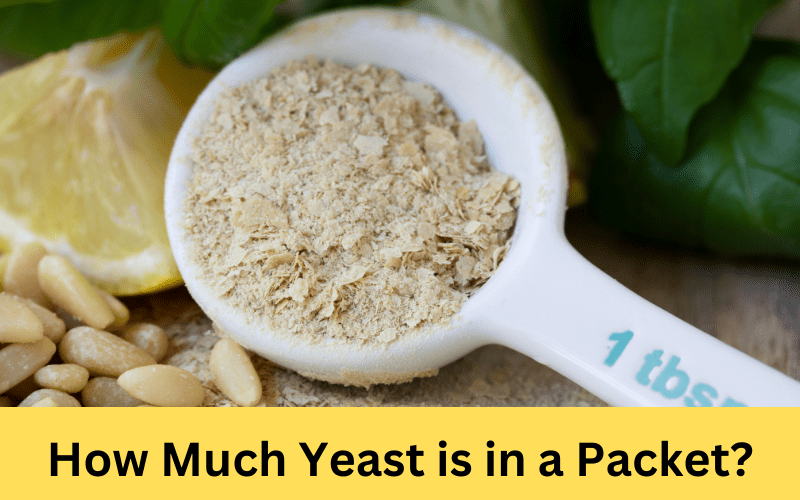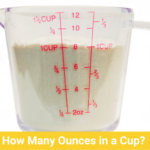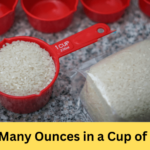If you’re a passionate baker or someone who loves experimenting in the kitchen, you’ve probably encountered recipes that call for yeast. When it comes to using yeast, a common question arises: How much yeast is in a packet? The quick answer is that most yeast packets contain approximately 2 ¼ teaspoons or 7 grams of yeast. These pre-measured packets ensure convenience and accuracy in your recipes. In this article, we will delve deeper into the topic of how much yeast is in one packet, explore different measurements, and provide you with all the information you need to know about using yeast effectively.
How Much Yeast is in a Package?
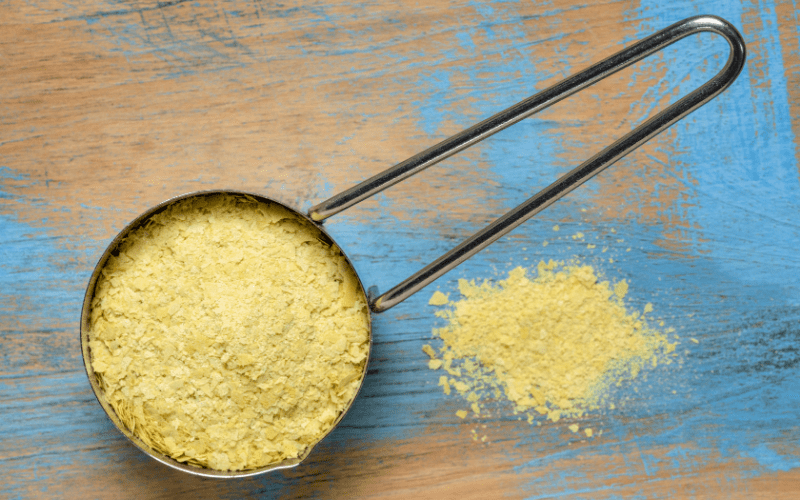
Do you know how much yeast is in a packet? Get the answer here! The amount of yeast in a packet can vary depending on the brand and type of yeast.
The most common measurement found in yeast packets is approximately 2 ¼ teaspoons (7 grams) of yeast. This quantity is suitable for recipes that call for one standard loaf of bread or a batch of rolls.
How much yeast is in a packet of instant yeast?
How much yeast is in a packet of instant yeast? A packet of instant yeast typically contains approximately 2 ¼ teaspoons or 7 grams of yeast. Instant yeast is a type of yeast that doesn’t require proofing and can be added directly to the dough.
How much yeast is in a packet of dry yeast?
How much yeast is in a packet of dry yeast? A packet of dry yeast, which is typically the same as active dry yeast, also contains approximately 2 ¼ teaspoons or 7 grams of yeast. Dry yeast requires proofing in warm water before use, activating the yeast for fermentation.
How much yeast is in a packet of Fleischmann’s?
How much yeast is in a packet of Fleischmann’s? When it comes to Fleischmann’s yeast packets, they usually follow the standard measurement of approximately 2 ¼ teaspoons or 7 grams of yeast. Fleischmann’s yeast is a popular brand known for its quality and reliability in baking.
How Much Yeast is in a Package: Different Measurements
If you happen to come across a recipe that specifies the amount of yeast in a different unit of measurement, it’s crucial to know the equivalent of how much yeast is in a packet. Here’s a quick breakdown of the conversions:
- 1 packet of yeast = 2 ¼ teaspoons = approximately 7 grams
- 1 packet of yeast = ½ tablespoon
- 1 packet of yeast = ¼ ounce
These conversions will come in handy when adjusting recipes or using alternative yeast measurements.
How Many Teaspoons of Yeast in a Packet?
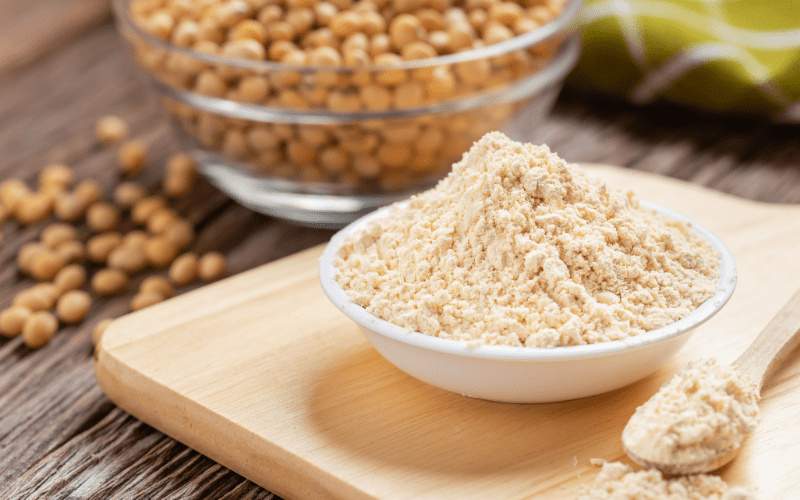
To be more precise, yeast packets generally contain 2 ¼ teaspoons of yeast. This measurement is equivalent to one-quarter of an ounce or 7 grams. It’s essential to note that different brands may slightly vary in the quantity they provide, so always check the packaging for accurate information.
Yeast Equivalents: Teaspoons and Tablespoons
In some cases, recipes may call for yeast to be measured in tablespoons rather than teaspoons. To make this conversion, remember the following equivalents:
- 1 tablespoon of yeast = 3 teaspoons
- 1 teaspoon of yeast = 1/3 tablespoon
By understanding these conversions, you can easily adapt recipes that use different measurements for yeast.
Exploring Different Types of Yeast
After knowing how much yeast is in a packet, it’s necessary to know different types of yeast. When it comes to yeast, there are three main types: active dry yeast, instant yeast, and fresh yeast.
Active Dry Yeast: This type of yeast is the most commonly available and widely used. It is typically sold in individual packets or jars. Active dry yeast needs to be dissolved in warm water before adding it to the dough. It has a longer shelf life and is known for its versatility in various bread recipes.
Instant Yeast: Also known as rapid-rise yeast or bread machine yeast, instant yeast is a more modern variation. It is ground into finer particles, allowing it to dissolve and activate more quickly. Instant yeast can be added directly to the dry ingredients without the need for proofing in warm water. It is a convenient option for those who prefer faster rising times in their recipes.
Fresh Yeast: Fresh yeast, also known as cake yeast or compressed yeast, is less common in home kitchens but widely used in commercial bakeries. It is sold in solid blocks or cubes and has a higher moisture content compared to dry yeast. Fresh yeast provides excellent rising power and lends a distinct flavor to baked goods. It has a shorter shelf life and needs to be refrigerated or frozen to maintain its effectiveness.
Each type of yeast has its advantages and is suitable for different baking needs. Understanding the characteristics of each yeast type will help you choose the most appropriate one for your recipes and achieve the desired results.
How to Measure Yeast from a Packet
Accurate measurement of yeast is crucial for successful baking. Here are two common methods for measuring yeast from a packet:
Using a Scale
To measure yeast precisely, you can use a digital kitchen scale. Simply tear the scale with an empty bowl or container, then pour the yeast from the packet until you reach the desired weight.
Measuring Spoons
If you don’t have a kitchen scale, measuring spoons can be used as an alternative. Use a teaspoon or tablespoon to scoop out the yeast from the packet, leveling it off with the back of a knife for accuracy.
Tips for Using Yeast
Here are some useful tips to enhance your yeast baking experience:
- Always check the expiration date of the yeast packet before using it.
- If uncertain about the potency of your yeast, consider doing a “yeast proofing” test before using it in a recipe.
- Use lukewarm liquids (water or milk) when activating yeast to provide an ideal environment for yeast activation.
- Avoid using hot liquids, as they can kill the yeast and inhibit the rising process.
- Combine yeast with sugar or honey to provide food for the yeast during fermentation.
- Allow sufficient time for the dough to rise. Factors such as temperature and humidity can affect the rising time.
How to Store Yeast for Longevity
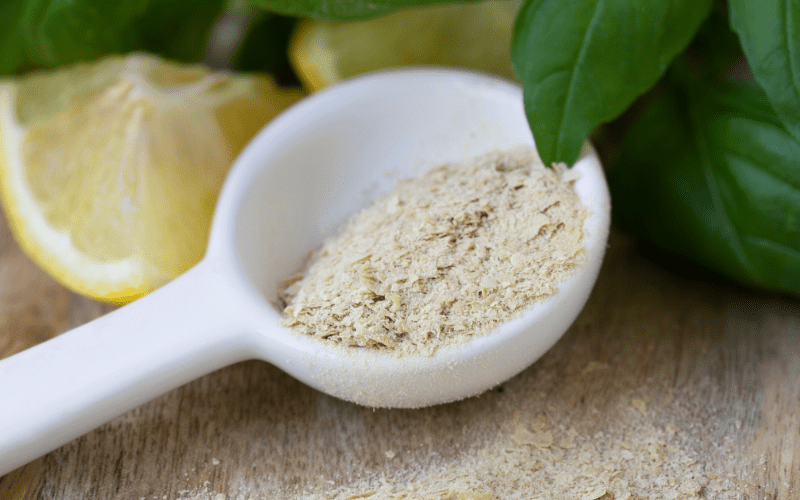
To ensure the longevity of your yeast and maintain its effectiveness, proper storage is crucial. Here are some tips for storing yeast:
- Keep yeast packets in a cool, dry place away from direct sunlight.
- Once opened, store yeast in an airtight container in the refrigerator or freezer.
- Check the expiration date on the yeast package before use. Expired yeast may not produce the desired results.
By following these storage guidelines, you can extend the shelf life of your yeast and enjoy consistent baking outcomes.
FAQs
Can I use more than one packet of yeast if my recipe requires a larger quantity?
Absolutely! If your recipe calls for a larger amount of yeast than what is provided in one packet, you can simply use multiple packets to meet the required quantity. Adjust the number of packets accordingly.
Are there yeast packets available in different sizes?
While the standard measurement for yeast packets is approximately 2 ¼ teaspoons or 7 grams, some brands may offer larger or smaller packet sizes. Always check the packaging for accurate measurements and adjust your recipe accordingly.
Can I substitute a different type of yeast for the yeast packets mentioned?
Yes, you can substitute different types of yeast for yeast packets. However, keep in mind that different types of yeast may require different measurements and rising times. Adjust your recipe accordingly and refer to the specific instructions for the type of yeast you are using.
How long does it take for yeast in a packet to activate?
When you dissolve yeast in warm water, it usually takes around 5 to 10 minutes for the yeast to activate. During this time, it will become frothy and start releasing bubbles, indicating that it is ready to be used in your dough.
Can I use less yeast than what is mentioned in a recipe?
While it’s generally recommended to follow the recipe’s yeast measurement for optimal results, you can experiment with using less yeast. However, keep in mind that reducing the amount of yeast may affect the rise and texture of your baked goods.
Is there a difference in yeast quantity between brands?
The standard measurement of yeast in a packet is approximately 2 ¼ teaspoons or 7 grams. While there may be slight variations among different brands, it is generally consistent. Always refer to the specific brand’s packaging for accurate measurements.
Can I store unused yeast from an opened packet?
It’s best to use the entire contents of an opened yeast packet for optimal freshness and effectiveness. However, if you have some yeast left, you can store it in an airtight container in the refrigerator for a short period. Be aware that the yeast’s effectiveness may diminish over time.
Can I freeze yeast packets for long-term storage?
Answer: It is not recommended to freeze yeast packets. Freezing can affect the yeast’s viability and may lead to reduced effectiveness. It’s best to store yeast in the refrigerator for short-term storage and use it before the expiration date for the best results.
Are yeast packets suitable for gluten-free baking?
Yes, yeast packets can be used in gluten-free baking. However, when working with gluten-free flours, it’s important to follow specialized recipes that cater to the unique characteristics of gluten-free ingredients.
How many yeast packets are needed for a large batch of bread?
The number of yeast packets needed for a large batch of bread depends on the recipe and the desired rise. As a general guideline, you can use approximately one packet of yeast (2 ¼ teaspoons or 7 grams) for every 4 to 6 cups of flour. Adjust the quantity based on your recipe’s specific requirements and desired outcome.
Related post: How Many Ounces In A Cup?
Conclusion
Yeast packets are a convenient and accurate way to incorporate yeast into your baking endeavors. By understanding how much yeast is in a packet and its equivalents, you can confidently follow recipes and achieve delicious results. Remember to store your yeast properly and be mindful of expiration dates for optimal performance. Now, armed with this knowledge, it’s time to unleash your baking creativity and enjoy the wonders of yeast in your homemade treats!

